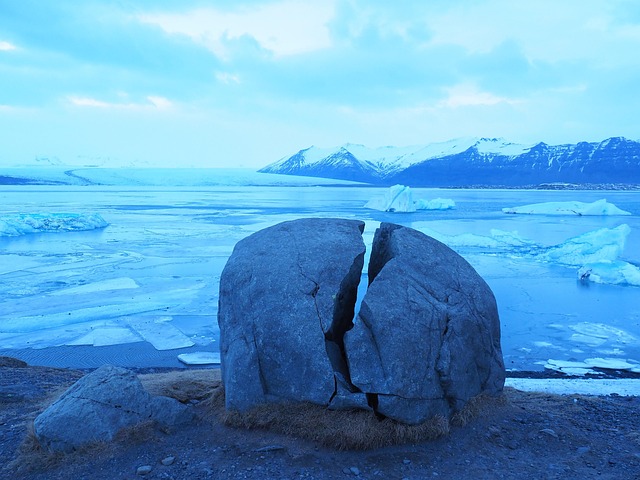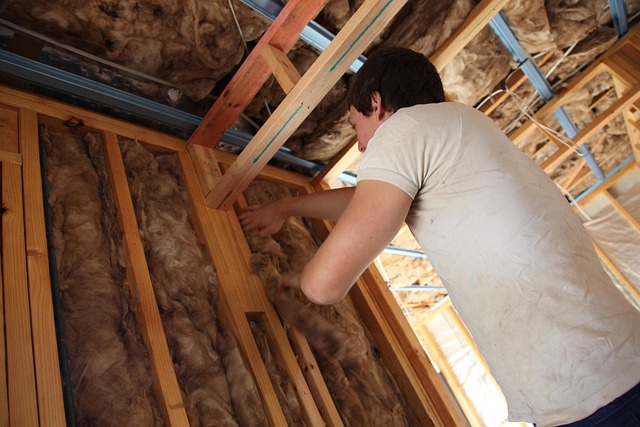Melting Away: The Search for Safe Nesting Sites
The world is changing, and as the temperatures rise, so do the challenges faced by countless species. With the alarming acceleration of climate change, the concept of safe nesting sites has become a focal point in the conservation conversation. For many birds, reptiles, and marine life, these sites are not merely a choice but a vital necessity for survival.
As glaciers melt and sea levels rise, habitats that once thrived with life are disappearing. Coastal birds that rely on sandy beaches for nesting are now finding their cherished homes washed away by relentless tides. Each tide brings not only the swell of the ocean but the fear of losing their future generations. Imagine a mother bird, anxiously scanning the horizon for a safe place to lay her eggs, only to find the beach she’s relied on for years submerged under water. With each wave, the security of her hatchlings melts away, and the instinct to protect kicks in fiercely.
The Fragility of Nesting Sites
Nesting sites, traditionally viewed as mere locations for procreation, bear a heavier significance in a warming world. They represent hope and survival, yet are increasingly fragile under climate pressures. Turtles, for instance, are witnessing their nesting beaches diminish rapidly, leading to dire consequences. The sandy stretches that once provided a cradle for their eggs are transforming into uninhabitable land, fraught with heat and human interference. As a result, nesting success rates plummet, and populations dwindle.
Not only that, but the shift in climate has changed food availability and predator dynamics in many ecosystems. A nesting site that once offered safety may now be rife with threats due to burgeoning predators drawn to warming environments. Every modification in temperature alters the delicate balance of life, forcing species to adapt quickly or face extinction.
Innovative Solutions to Preserve Nesting Sites
In response to these challenges, conservationists and researchers have been diving deep into innovative techniques to protect and even create new safe nesting sites. From establishing artificial beaches for sea turtles to strategizing relocation efforts for vulnerable bird species, the urgency to act is palpable. It’s a race against time, where proactive measures can preserve not just a species, but the rich tapestry of life on our planet.
Organizations are working to raise awareness about these dire issues, pushing for policy changes and community engagement to safeguard environments for nesting. Volunteers have dedicated countless hours to build protective barriers from erosion, monitor nesting sites, and gather critical data to better understand the impacts of climate change.
The Role of Community in Supporting Nesting Sites
Communities can play a vital role in this transformative journey. By participating in beach clean-ups, advocating for sustainable practices, and spreading awareness about the significance of nesting sites, people can contribute to the wave of change needed to protect these essential habitats. The simple act of respecting wildlife and its nesting spaces can go a long way in ensuring that future generations will witness the miracle of birth in the wild.
As we continue to grapple with the harsh realities of melting habitats and precarious nesting sites, it’s clear that the journey toward preservation and understanding is critical. Together, we can stand up for those whose futures hang in the balance, striving to create a world where every creature can thrive and take flight. It is our shared responsibility to ensure that as the world melts away, hope remains bright.



